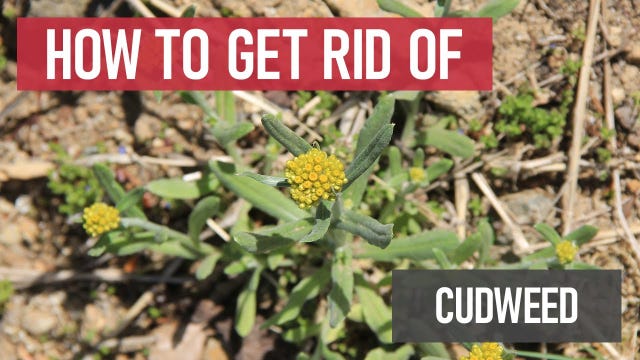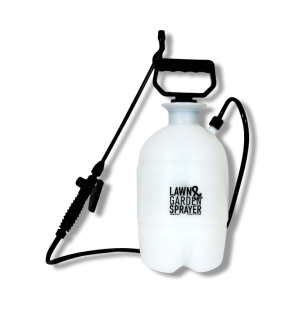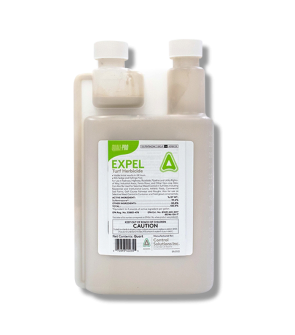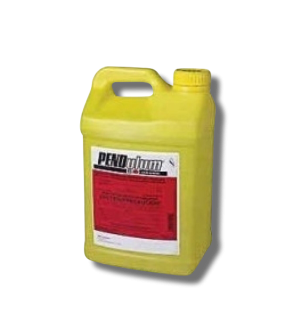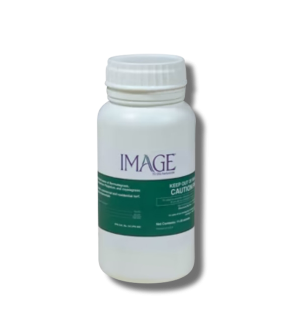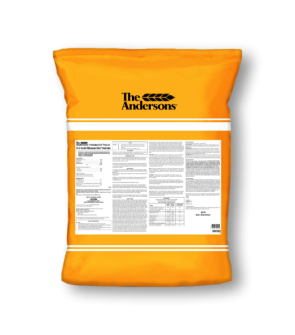Gain access to personalized product screening, the best pricing, rewards, and more!
Most Effective Products
Cudweed Control: How To Get Rid of Cudweed
This page is a general cudweed control guide. Using the products and methods suggested, you will get control of cudweed. Follow this guide and use the recommended products; we guarantee 100% control of cudweed.
Cudweed is found in North and South America in many different types. Depending on its type, cudweed can be either an annual or biennial weed. It is often found growing in warmer climates and some tropical regions.
Cudweed is easily identified by its flat, shiny green leaves. The glossiness of the leaves actually helps it resist herbicides, making it very difficult to control.
If you want to get rid of cudweed in your lawn, follow our DIY guide for product suggestions and methods for a quick and effective treatment.
Identification
Before proceeding with a treatment program, you must be certain you are dealing with a cudweed infestation. Careless identification can lead to using the wrong treatment methods, which can be a waste of time and money. Below are the following characteristics to help you understand what cudweed looks like.

- These weeds emerge and overwinter as basal rosettes. By spring, they’ll grow upright stems over 1 foot tall.
- Cudweeds are covered in woolly hairs. Depending on the species, wooly hairs can grow around the leaves, the stems, or the seedheads.
- The leaves are often narrow and ovular in shape.
- Many cudweeds grow composite flowerheads at the ends of their stems, but some species may grow flowerheads all along the stem.
Use the description and image above to help you properly identify cudweed on your property. If unsure, contact us and send a photo of your weed through email or in person at one of our stores to help you identify the weed and suggest treatment options.
Inspection
Once you are confirmed that you are dealing with cudweed, you can move on to inspection. During this phase, you will locate areas where cudweed thrives and observe the conditions allowing it to thrive. This information will help you know where to focus your herbicide application.

Where to Inspect
Cudweeds are considered summer annuals, winter annuals, or biennials, depending on the species. These plants stay low during winter and grow as the weather warms.
Common sites where this plant grows include, but are not limited to, lawns, roadsides, forests, pastures, and other areas with open space and disturbed soil.
What to Look For
Cudweed has green glossy leaves with a fuzzy underside. It generally starts to grow a long stem in the spring and is active until the end of summer. At this time, cudweed begins a process called "overwintering." The weed and its seeds remain dormant in winter until temperatures warm up.
Treatment
After identifying cudweed and inspecting where it is most active in your lawn, you can begin treating your area. Before handling or applying any product, wear the proper personal protective equipment (PPE).
The best way to kill cudweed is to use a post-emergent herbicide containing either dicamba, sulfentrazone, or clopyralid as its ingredients.
Step 1: Mix the Herbicide

We recommend you check out Expel Turf Herbicide. Expel Turf Herbicide is a Sulfentrazone-based product used to control a variety of weed species on cool-season and warm-season turf.
Determine how much Expel Turf Herbicide to use by measuring the square footage of the treatment area. You can do this by measuring the length and width of the treatment area in feet and then multiplying them together (length x width = square footage). For acreage, divide the square footage by one acre (square footage / 43,560 sq. ft. = acres).
To get rid of cudweed in warm-seasoned turf, use 8 to 12 oz. of Expel Turf Herbicide per 10 gallons of water per acre.
To remove cudweed in cool-seasoned turf, apply 4 to 8 oz. of product per 10 gallons of water per acre.
Once you've measured how much product you need, you are ready to create a solution. Fill your spray tank halfway with the desired amount of water. Add your measured amount of Expel Turf Herbicide, then add the remaining water to the spray tank.
Secure the lid tightly and shake thoroughly to finish creating your solution.
Step 2: Apply Expel Turf Herbicide
After diluting Expel Turf Herbicide in water, you can begin applying it to the area you want to treat.
Use a fan-spray setting for even coverage, keeping the nozzle held steady. Spray your area until it is wet, but not to the point of runoff.
If the cudweed infestation is still present, you may apply for a second application when 35 days have passed since the previous application.
Visible results of cudweed death will be seen within 24 hours of spraying.
Prevention
Once cudweed has been eliminated from your property, you will need to implement preventative measures to ensure that it does not return.
- Cudweed grows best in damaged or short lawns. You can prevent this weed from returning by mowing your grass at a height that is not too short.
- Sometimes, lawns are susceptible to weeds because they are malnourished. To promote thicker turf, we recommend using Solutions 15-5-10 Weed & Feed Fertilizer with Trimec. For most applications, you will need to apply 3.2 to 4.0 pounds of product per 1,000 sq. ft. of treatment area. Adjust your push or broadcast spreader to the proper setting, and then spread the granules evenly across your treated area. Wait 1 to 2 days after application, then water the granules.
Key Takeaways
What is Cudweeds?
- Cudweed is a persistent weed with glossy leaves that makes it hard to control.
How to Get Rid of Cudweeds
- Control cudweed by diluting Expel Turf Herbicide in water and spraying the solution when this weed is present.
Preventing Cudweed Reinfestations
- Avoid cutting your grass too short, and consider applying Solutions 15-5-10 Weed & Feed Fertilizer with Trimec to your lawn to prevent cudweed from returning.






